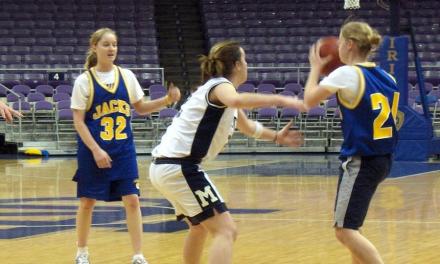Organising a school ski trip is a huge responsibility. With the average excursion now costing over £1,200 per child in the peak weeks of the season, a delicate balance between cost and experience must be considered.
Here are 7 factors to consider when booking a school ski trip.
1. Coach or plane?
Getting a coach into the resort could save each member of your group over £250 during February half-term week or Easter holidays. Whilst this is a popular option, you need to be aware of the current problems being experienced at the ports of Dover and Calais; with significant delays at peak travel times.
However, to reduce the time at the port, you could consider travelling on off-peak days or unsociable ferry times but you will need the backing of your Senior Management Team to get permission for this.
Planes are obviously the faster option, but don’t forget you’ll need coach transport at either end of your journey, therefore, it might not be as quick as you think – especially when you’ll want to be at the airport at least 3 hours before your flight.
2. The altitude of the ski area
With snowfall in Europe becoming ever more unpredictable, it may be a safer bet to book a resort that has a high-altitude ski area.
Try and look for ski areas with the majority of skiing above 1500m and, if going early or late season, a fair percentage of this will want to be over 2000m in altitude.
3. Snow cannons coverage
In order to combat the ever-unpredictable snowfall, many resorts now cover a significant number of their slopes with snow cannons. This will contribute towards ensuring that skiing will be possible on your trip.
You will pay a slight premium for this privilege but, with the costs of ski trips only going upwards, it seems a sensible precaution to take.
4. North-facing slopes
To guarantee the best skiing possible, especially if you are trying to do your trip on a budget and without the guarantee of snow cannons, try and find resorts with a large number of north facing slopes.
These slopes remain out of direct sunlight for most of the day therefore the snow lasts longer and the condition of the slope is preserved resulting in fewer injuries.
5. Ski-in, ski-out accommodation?
This is always a tricky decision. Are you happy to pay less for your trip but get a coach into your ski area each morning, which is likely to involve loading skis, poles and boots on and off the coach TWICE per day, or do you want the ease of ski-in, ski-out accommodation?
There is no right answer but it is definitely something to consider.
6. Previous experience of your group
The total piste length in a ski area can range from 20km right up to 600km in the Three Valleys, France. If you have a mixed-ability group, a ski area of 150km will be more than enough for all to have an enjoyable time.
As a general rule, the larger the ski area the costlier the lift pass will be.
7. Après ski activities
Once skiing has finished for the day (usually by 4 pm) you will need to occupy your students for the evening.
What activities do you want to offer them? What activities are close to your accommodation? Most common options include tobogganing, swimming, and ten-pin bowling but more unique opportunities, such as dog sledging and ice sculpture making, are available at a price in some resorts. Don’t forget to budget for the cost of these activities when advertising your trip.
If you need any more information, approach two or three travel agents with a reputation for offering good quality school trips. Remember to shop around to get the best value for your students on what will inevitably be one of the most expensive but memorable experiences of their lives so far.
When you’ve finished organising your skiing trip, why not try out PE Office’s huge knowledge bank of lesson plans, skills coaching guides, video analyses and schemes of work to help you deliver an exceptional PE curriculum? For more information, contact us on 01909 776 900, send an email to mail@peoffice.co.uk or click here to book a demo.









